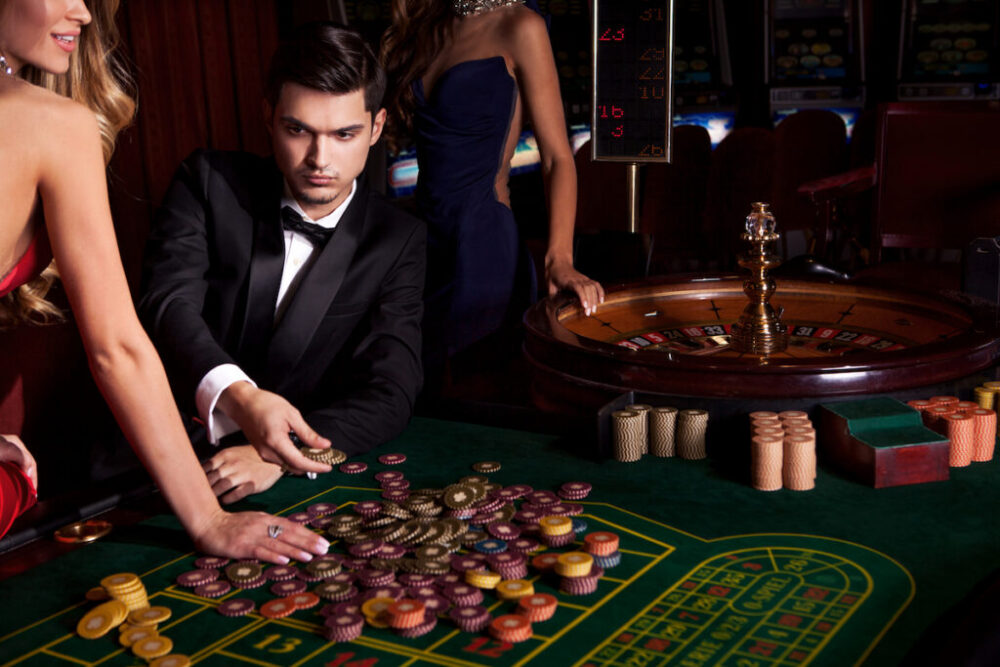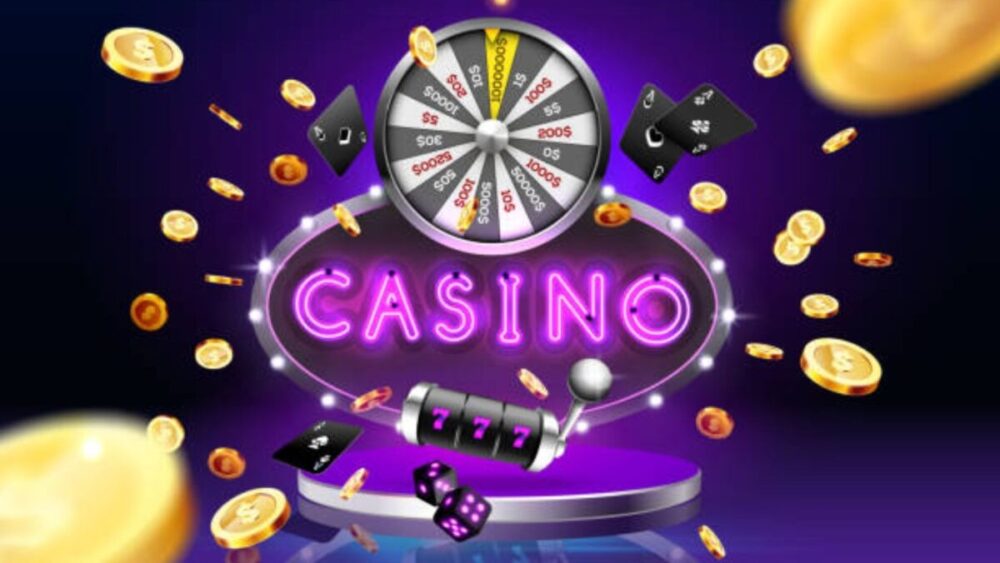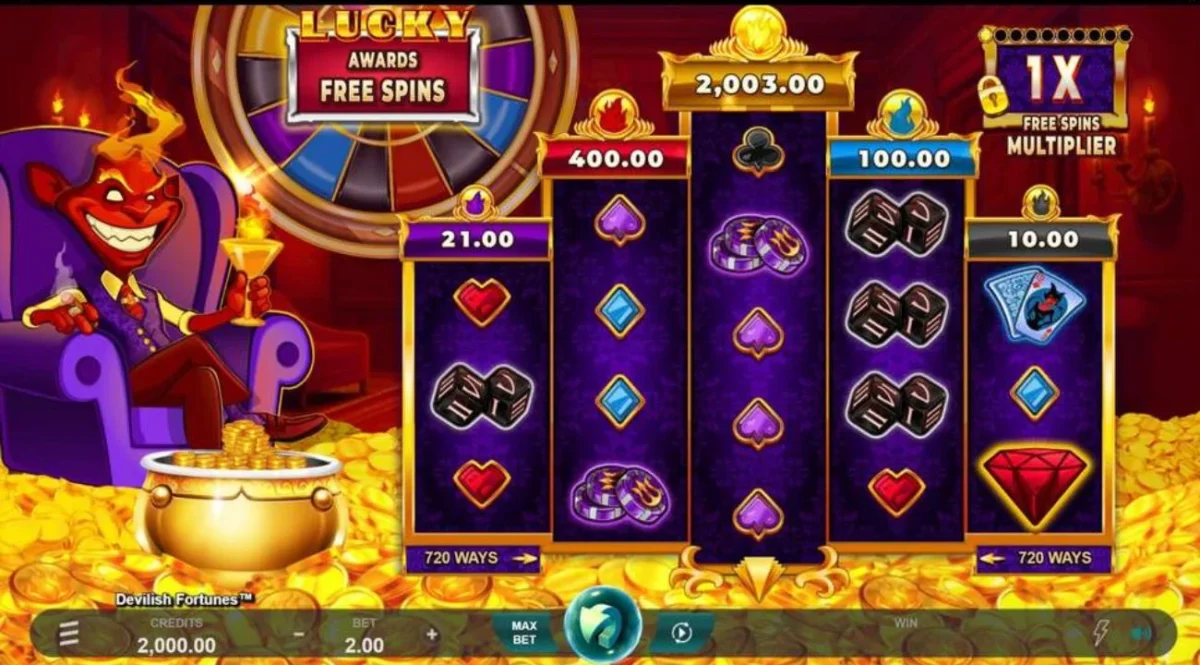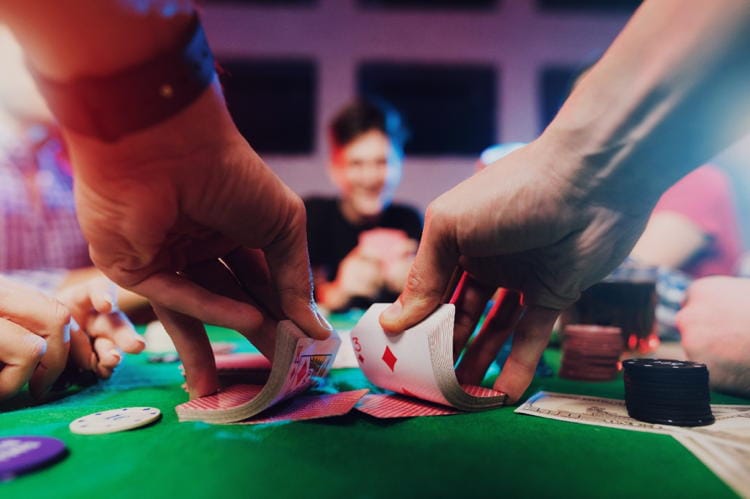The clicks of chips, the buzzing of slot machines, the flipping of cards. These are quintessential sounds one expects in the vibrant atmosphere of a casino. However, pay attention next time you are playing blackjack or roulette, and you may notice another key element casinos use to elevate experiences – music.
Fast rhythms energize the floors of casinos and betting shops such as Matchpoint Sisal, while smooth jazz creates a stylish lounge atmosphere in exclusive lounges for high-rollers. Music provides an added layer of sensory stimulation. But most importantly, it influences emotions and impacts how patrons behave. Let’s explore why music is an integral part of casino ambiance and experience design.
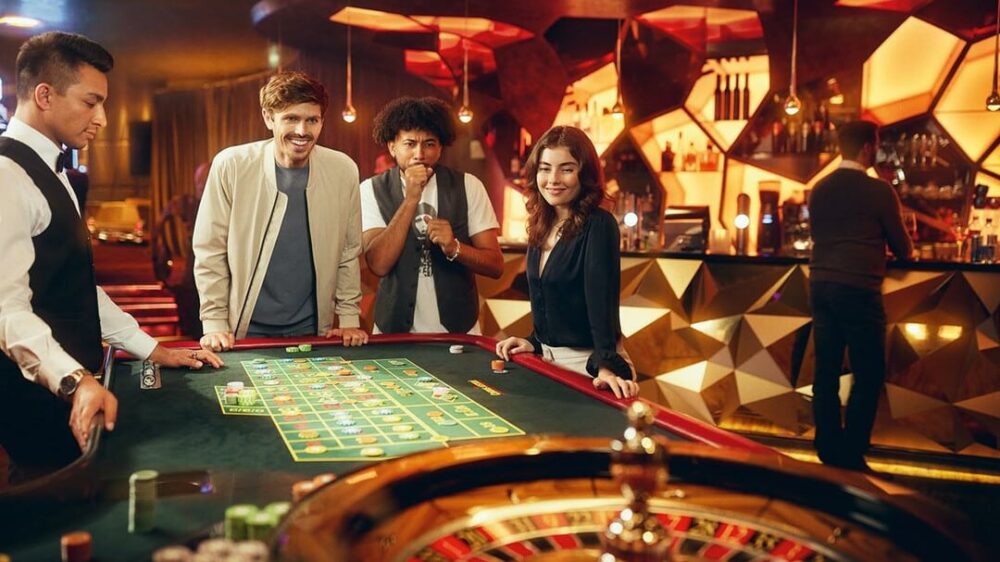
The Psychology Behind Casino Music
Several psychological principles explain how music shapes casino environments. One key factor is musical fit, or how much a song matches the vibe and brand image a casino wants to project. Upbeat pop creates lively energy while ambient electronic music provides a trendy, modern backdrop. Additionally, music often sparks nostalgia by playing classic hits patrons know and love. Familiar tunes make them comfortable and put them at ease.
Furthermore, music has the power to manipulate time perception. For instance, studies show time seems to “fly by” when people enjoy upbeat music. In contrast, ambient tracks make time appear to move slowly. Casinos capitalize on these effects to accelerate or extend the time patrons play. The tempo also matches desired behaviors – quick rhythms fuel fast gameplay while slower songs promote relaxation. Ultimately, music integrates with numerous facets such as layout, décor, and lighting to facilitate specific behaviors.
Crafting Distinct Music Environments
Casinos are not simply throwing random songs into the sound system. They employ dedicated musical directors who carefully curate song selections based on the vibe and clientele of each area. For example, the musical director analyses the casino floor layout and decides which zones should feature pop hits versus lounge tunes. Some crafted environments may include:
- Vibrant Casino Floor: Uptempo top-40 and classic hits foster energy to power active slot machine and table game sessions.
- Poker Room: Ambient jazz and lounge electronic music provide smooth, sophisticated background sound for intense poker focus and concentration.
- High-Limit Slots: Medium tempo classic rock strikes a balance – upbeat yet comfortable for patrons enjoying an elevated slots experience.
- Sportsbook: Tailgate and stadium style music builds excitement complementing the high-energy atmosphere during big games.
- Nightclub: EDM and hip hop transform the space from casino to full-on dance club when the venue transitions at night.
- Executive Lounge: Down tempo chillout music creates a relaxing atmosphere for VIPs and loyal patrons.
As demonstrated above, tweaking genres based on gameplay, patron demographics, and ambiance goals guides the musical direction of defined casino zones.

Timing the Music with Casino Operations
In addition to designing distinct music environments, timing also matters when coordinating soundtracks. Savvy musical directors sync the tempo and feel of songs with daily operations and cycles:
- Upbeat music wakes up the casino floor, accelerating the fun from the moment doors open.
- High-energy beats during busy Friday and Saturday nights keep the property electric.
- The tempo gradually mellows out as less intense tunes signal closing time.
Likewise, musical changes signify key promotions and events. For example, dynamic soundtracks capped with fireworks or confetti blasts may accompany a randomly triggered jackpot celebration. Original scores drive game and bonus features like wheel spins or pick’em bonuses. Show tunes or ‘70s disco sets the tone for theme night events.
Tactical music changes help emphasize key moments, optimize atmospheres during busy cycles, and align environments with daily operations.
Measuring Music Impact
While assessing quantitative metrics around ambient sound may seem challenging, musical directors tap data to analyze effectiveness. They may:
- Review gameplay or revenue spikes during certain songs or genres
- Compare traffic flow changes on slots rows or table game pits when shifting playlists
- Correlate win/loss ratios to types of music or tempos through historical archives
Additionally, patron surveys and focus groups provide qualitative feedback on music appreciation and impact. With both data streams, musical directors can pinpoint optimal playlists to license that match casino environments and brand image. Ongoing music iteration also encourages guests to linger longer and return more often.
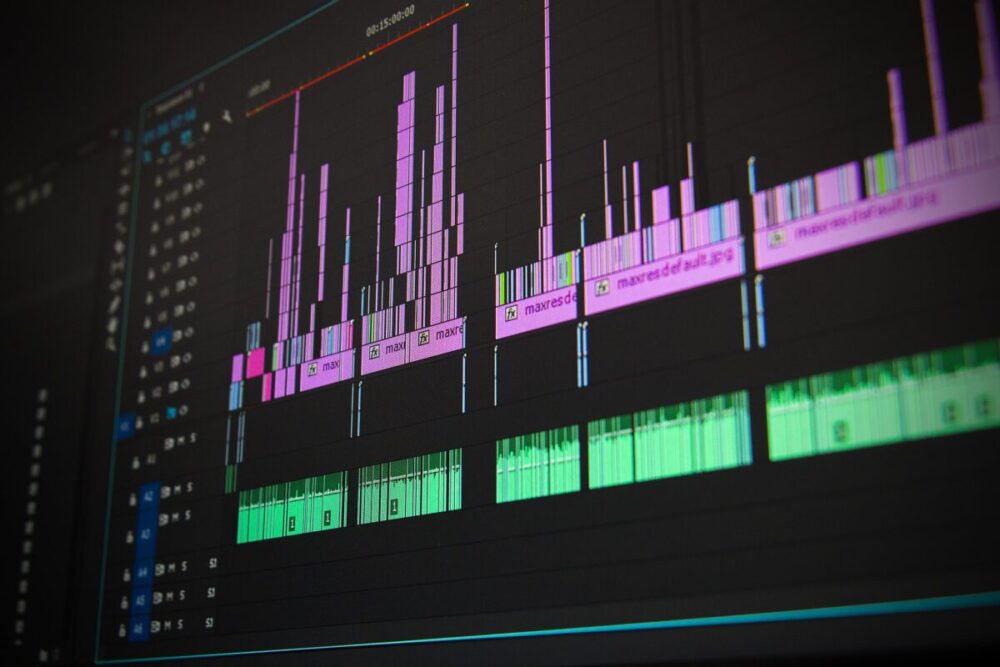
Wrapping Up
Most casino guests do not consciously process every song change or tempo shift. Nonetheless, music subconsciously shapes overall atmospheres and emotions – ultimately impacting behaviors such as gameplay duration, return visits, and expenditures. Music provides an underlying framework enhancing casino spaces. Next time you visit a casino, pay attention to how music complements the vibe. Note when tempo changes accelerate your pulse in a positive way. The power of music most likely plays a bigger role in your experience than you may realize!


